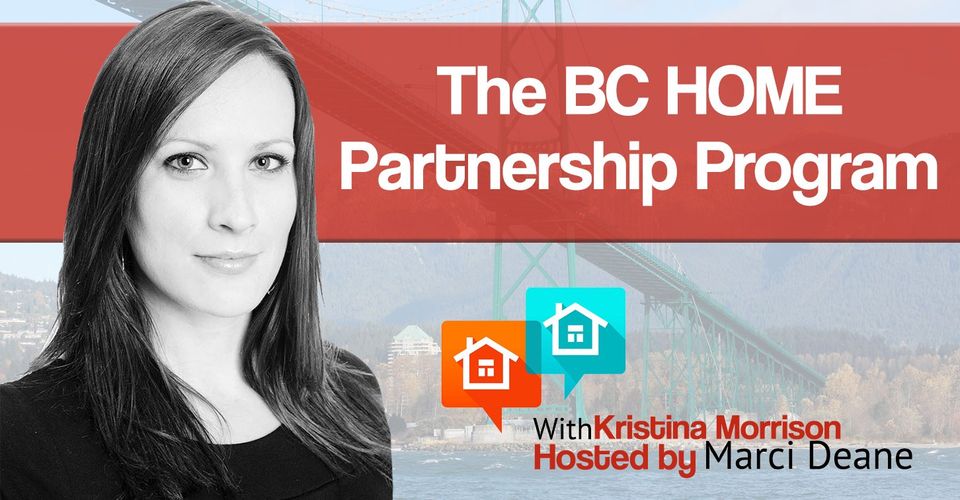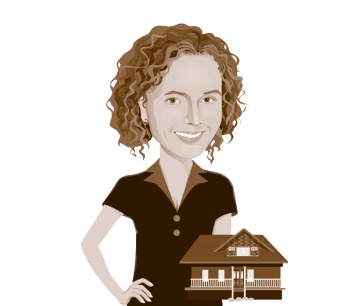022: Kristina Morrison Explains The BC HOME Partnership Program
Marci Deane
talks with Kristina Morrison, an account manager with First National.
Introduction
Kristina has been a part of the First National team for the past 11 years. Her experience as an underwriter allows her to be creative in her approach. She examines deals from all angles to find the best fit with First National rules and guidelines. Committed to client satisfaction, Kristina is consistently available and in touch with brokers to ensure seamless execution.
Marci and Kristina talk about First National, how she got started with them, and all the changes she has seen in the industry since she has started. They also talk about the BC HOME Partnership program, how it works, and what the rules are.
Key Points
- [00:25] Tell us about First National.
- [01:45] If First National isn’t a bank, where do they get their money?
- [03:10] I loved the creativity of underwriting.
- [05:05] How do you stay on top of all the changes to the mortgage industry?
- [05:50] What is the BC HOME Partnership program and how does it work?
- [07:20] Start of the main rules of the program.
- [08:55] When starting the process you will need your Canadian birth certificate, a secondary piece of ID, NOA, and a preapproval.
- [11:30] The most common question I get is: ‘Who is best suited for this program?’
- [12:55] You must live in the property you buy with the loan for at least 5 years.
- [16:10] These mortgages have to be default insured.
- [19:00] Flex down mortgage do have other uses.
- [21:00] Talk to your mortgage broker if you are thinking about this program. It’s not for everyone and your broker will ask the right questions to see if it’s the right fit for you.
Main Rules for the BC HOME Partnership program
- You have to be a first time home buyer.
- You have to have been a Canadian for 5 years.
- You have to have lived in BC for 12 months.
- The purchase price of the property has to be less than $750,000.
- Only one on title cannot make more than $150,000 year.
Contact Kristina Morrison
- Web: www.firstnational.ca
- Phone: 604.786.6794
- Email: kristina.morrison@firstnational.ca
Share














